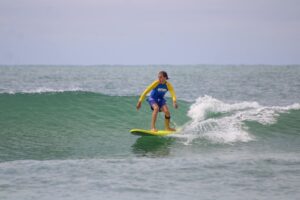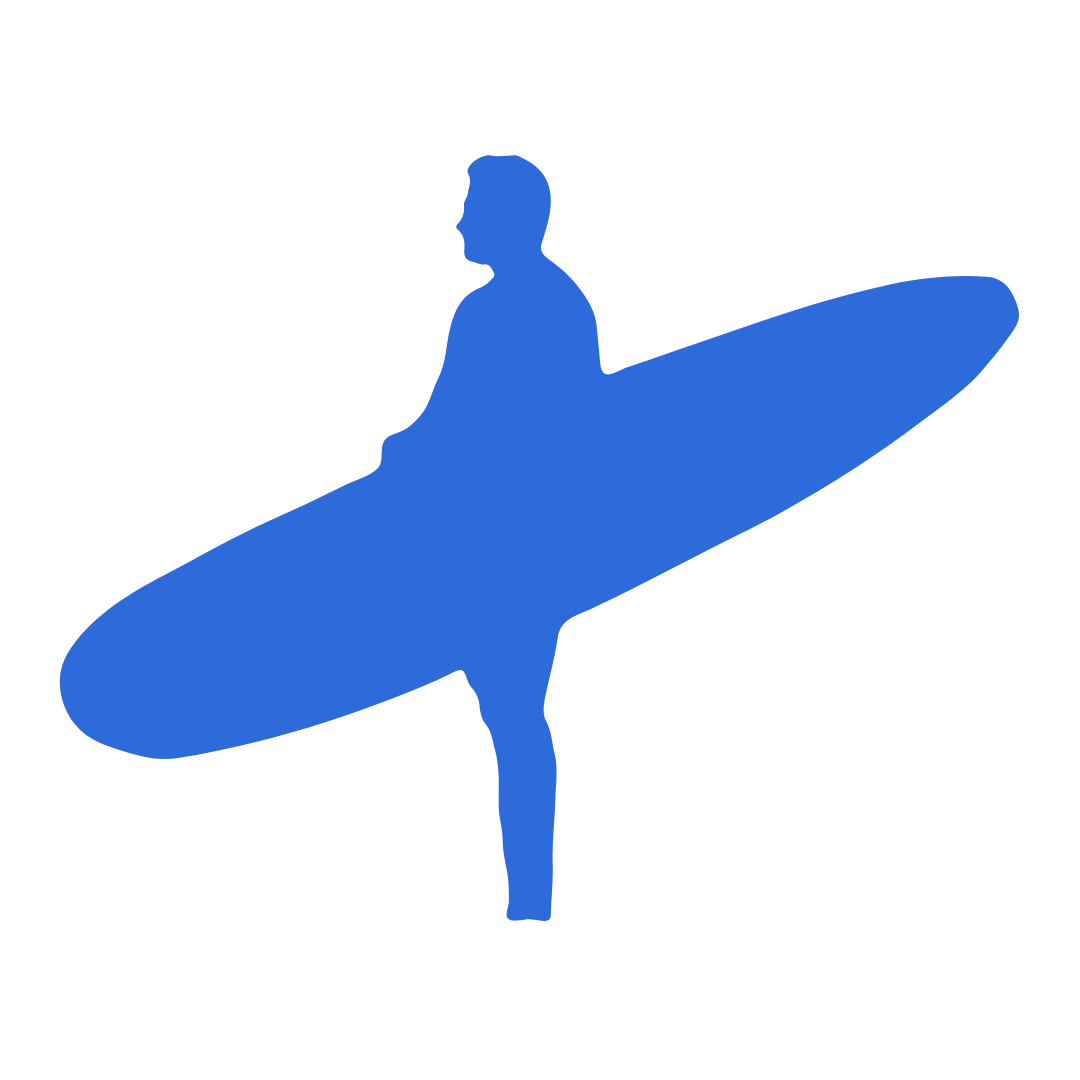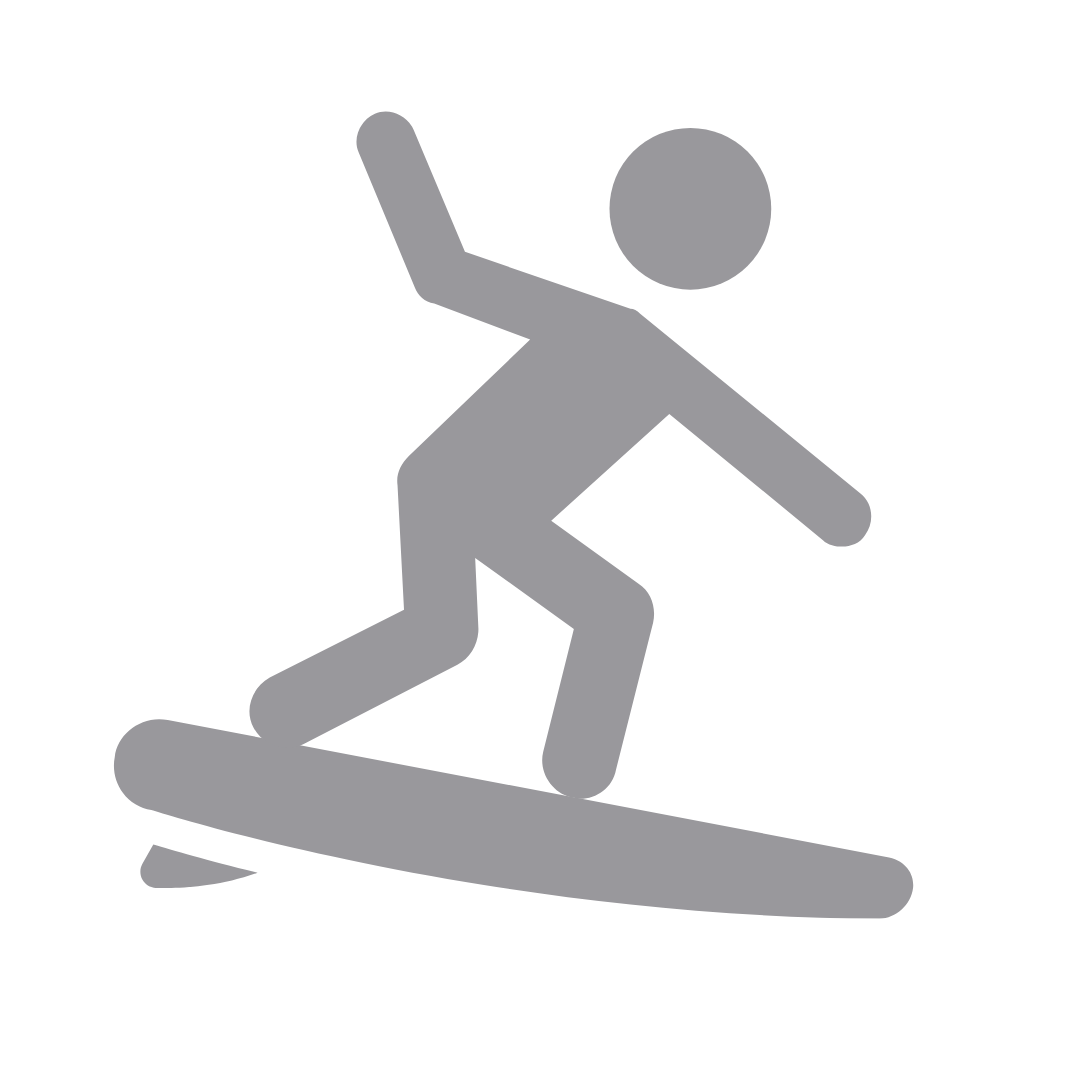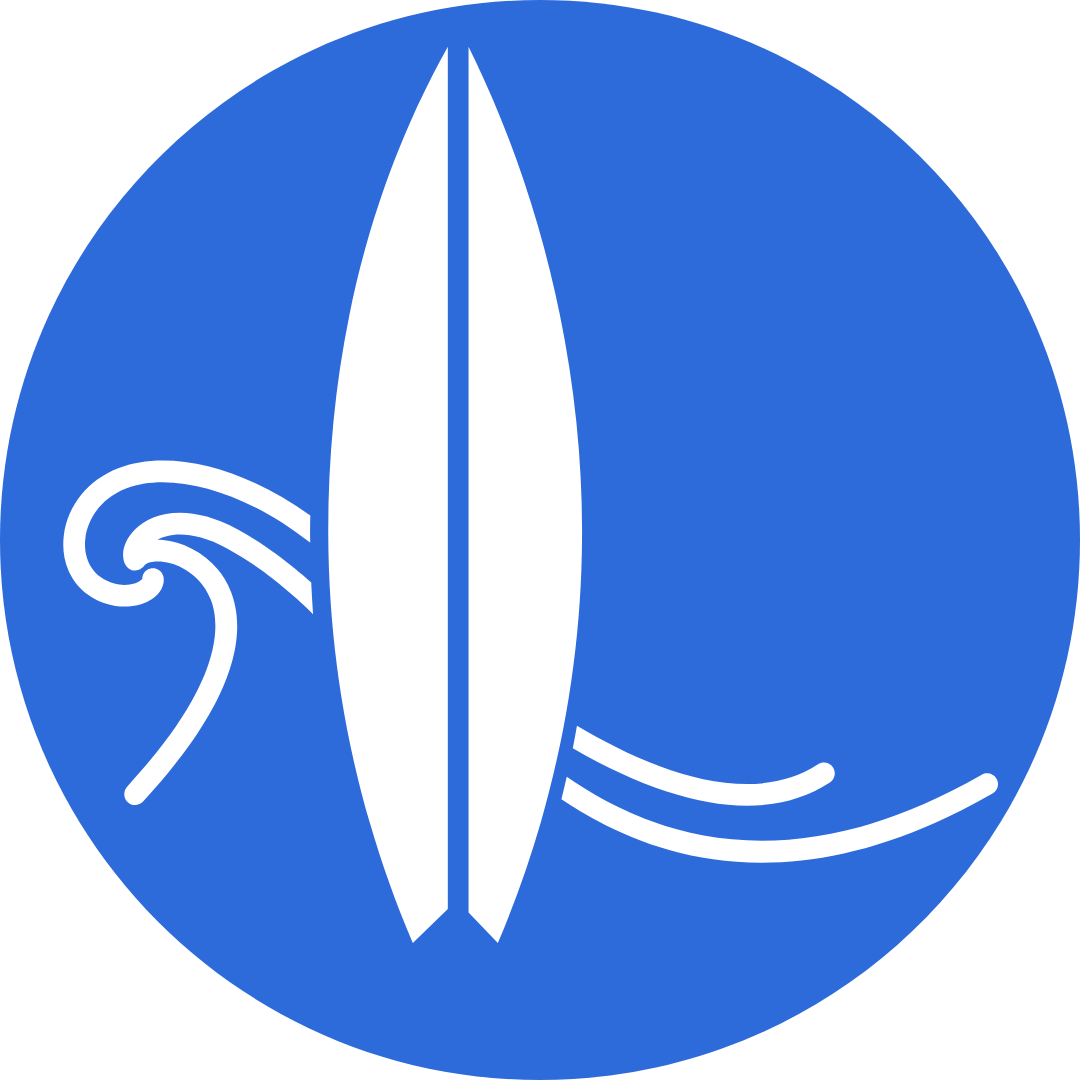Posted by Sinead Eksteen | 11.30.2023 | Uncategorized
How do Sandbars Impact our Waves?
If you have surfed in Wrightsville Beach, you know that conditions are a little different every day. This may be because of weather, temperature, and wave conditions – but one thing most people don’t think about is what’s all around us – sand.
 Sandbars cause the waves here on the North Carolina coast to break, allowing us to enjoy and surf them. These unique coastal formations offer surf enthusiasts a distinct experience that sets them apart from traditional surf spots. Here, we’ll dive into the world of sandbar surf breaks, exploring what makes them special and why surfers flock to these breaks.
Sandbars cause the waves here on the North Carolina coast to break, allowing us to enjoy and surf them. These unique coastal formations offer surf enthusiasts a distinct experience that sets them apart from traditional surf spots. Here, we’ll dive into the world of sandbar surf breaks, exploring what makes them special and why surfers flock to these breaks.
Understanding Sandbar Surf Breaks
A sandbar surf break occurs when sandbars, or underwater ridges of sand, are formed by the movement of waves and tides. These sandbars can significantly influence the quality and shape of the waves that roll in, creating surf breaks with their own personality. Unlike reef breaks or point breaks, sandbar surf breaks are dynamic and ever-changing, influenced by the shifting sands beneath the ocean surface. These are impacted significantly by large storms, which reorganize sandbars into new breaks. 
One of the best aspects of sandbar surf breaks is the diversity they offer to surfers. The constantly shifting nature of the sandbars means that no two sessions are the same. For example, here in North Carolina, surfers can encounter a variety of wave shapes, sizes, and speeds, providing a thrilling and unpredictable experience. From mellow, rolling waves to powerful, hollow barrels, sandbar breaks cater to surfers of all skill levels, making them an ideal destination for both beginners and seasoned pros.
 This winter, toss on a wetsuit and check out the sandbar breaks we have to offer!
This winter, toss on a wetsuit and check out the sandbar breaks we have to offer!







 RENTALS
RENTALS LESSON
LESSON CAMPS
CAMPS ABOUT
ABOUT SHOP
SHOP